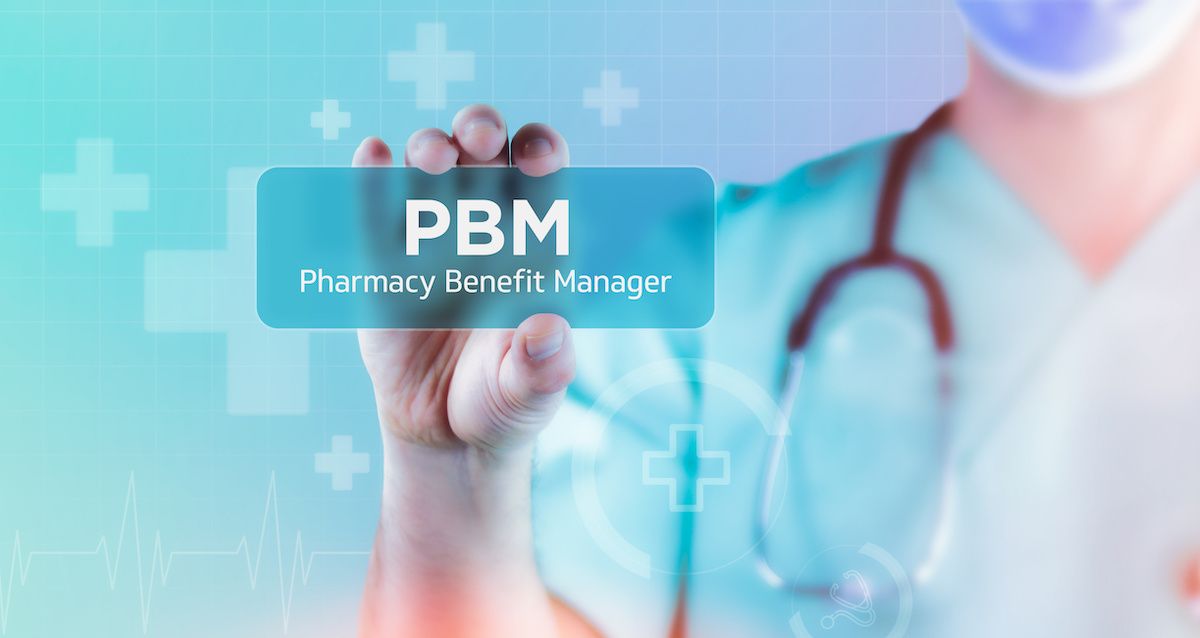Article
Even Oncologists Sold on Value-Based Care Hesitate to Embrace the EOM
Members of the Association of Community Cancer Centers (ACCC) Alternative Payment Coalition discussed strategies for succeeding in value-based care and voiced concerns surrounding the upcoming Enhancing Oncology Model (EOM) during a panel discussion at the ACCC 2023 Annual Meeting and Business Summit.
Value-based care is a notion often discussed in the context of oncology, and the on-paper goals of value-based models—namely improving the patient experience and minimizing excess procedures and costs—align with the goals of most oncologists. But developing a model that best serves all stakeholders is no easy feat.
This was the basis of a panel discussion at the Association of Community Cancer Centers (ACCC) 2023 Annual Meeting and Cancer Center Business Summit that included members of the ACCC Alternative Payment Coalition (APMC) and representatives from the Center for Medicare and Medicaid Innovation (CMMI) within CMS to talk value-based care and the new Enhancing Oncology Model (EOM), a value-based model set to launch in July.
The panel included APMC members Jeff Hunnicutt, CEO of Highlands Oncology Group in Pennsylvania; Mark Liu, MHA, senior director of oncology strategy, transformation, and analytics at Mount Sinai Health System and Tisch Cancer Institute in New York City; Anne Marie Rainey, MSN, RN, CHC, compliance and quality control officer at Clearview Cancer Institute in Alabama; and Barry Russo, MHA, CEO of The Center for Cancer and Blood Disorders in Fort Worth, TX.
Alexandra Chong, PhD, CMMI analyst and policy lead for the EOM; and Elizabeth Ela, PhD, a social science research analyst at CMMI and the payment lead for EOM, also joined the discussion.
The session began with high-level takeaways from the Oncology Care Model (OCM), a value-based oncology care model that launched on July 1, 2016, and ran through June 30, 2022. The voluntary program incentivized providers to change the way they deliver care by focusing on high-quality care while avoiding unnecessary procedures and costs.
The OCM, which moved away from typical Medicare fee-for-service (FFS) reimbursement, ran on 6-month “episodes” triggered by the start of treatment such as chemotherapy. During these episodes, OCM participants could bill CMS for Monthly Enhanced Oncology Services (MEOS), which required that patients have 24/7 access to clinicians, that practices use certified electronic health record (EHR) technology, and that data are collected and used to continuously improve care quality. OCM practices were also required to used therapies in line with national clinical guidelines, provide patient navigation services, and complete a care management plan from the National Academy of Medicine.
“We do think that we learned a lot from OCM,” Rainey said. “And it informs a lot of other programs that are currently taking place—of course, that informs what's going to happen with EOM.” She highlighted the use of EHR technology, 24/7 access to clinicians, and using data for continuous improvement as areas that have been beneficial to the patient experience and providers. Using pathways and patient navigation appropriately are also key, she noted.
The EOM, set to launch on July 1, 2023, shares some components and themes, but with key differences that are a cause for concern among the panelists.
“There's a lot of infrastructure that many of us who participated in OCM put together in our practice that are important. That translates then [to the] EOM… Essentially, the infrastructure translates, but the program itself is very different. At least that's our perception of it,” Russo said.
One big difference is the scope of the model. Rather than covering all cancer types, the EOM covers only 7: lymphoma, chronic lymphocytic leukemia, multiple myeloma, and breast, lung, colorectal, and prostate cancers. An episode begins with therapy and an evaluation and management visit, and it lasts 6 months. A patient is attributed to a physician based on incurring at least 23% of the evaluation and management visits, as well as the first visit after therapy initiation.
In the EOM, claims will be paid through FFS and then settled based on the cost of care per disease, with reconciliation and a decision about whether the provider must pay money back or will receive a performance-based payment. Pricing benchmarks will be stratified by cancer type and determined with a regression model factoring in national data on average spending, according to Ela, who clarified that practices will not be competing against their own best benchmarks in the model.
One notable sticking point for oncologists is a reduction in the MEOS amounts in the EOM, which are lower than in the OCM. MEOS payment is $70 per month per beneficiary, plus an additional $30 per beneficiary per month for dual-eligible patients on Medicare or Medicaid. Barry noted that being proactive about identifying cases of dual eligibility and applying for it will be important.
“The adjustment to MEOS is probably the first thing that really jumps off the page for me. I think the majority of people in the room would agree that transforming our practices to be more value based, to be more value minded, and to think of reducing costs and emphasizing quality—the things that we learned during OCM—are all good things and we want to continue to do those things,” Hunnicutt said. “Well, MEOS in OCM at least allowed us to be able to pay for those things.” The cut in MEOS with EOM may not afford practices the same opportunity, he said.
The EOM also makes practices and providers take on risk, which is further exacerbated by the lower number of patients who will be eligible under the EOM. All panel members noted they would have fewer monthly patients under EOM. One potential solution Russo presented is pooling with other practices, although there are additional regulations and challenges to keep in mind, he noted.
“Where health care is financially right now, are we in a position to take on risks? It's hard to convince even the most progressive CFOs to say, ‘Yeah, this is something that we can do comfortably with the information that we have,’” Liu said. He also noted that having a single pool for all patients vs siloed targets per cancer type was helpful in the OCM, and it remains to be seen how EOM’s per-disease targets will serve providers.
For the panelists’ part, all are on the fence about participating in the EOM. And in the end, EOM is voluntary, so individual practices must consider their data and their options. CMS has indicated that practices would receive data from OCM ahead of EOM, which will add to the practice-collected data that those who participated in OCM have been able to analyze.





